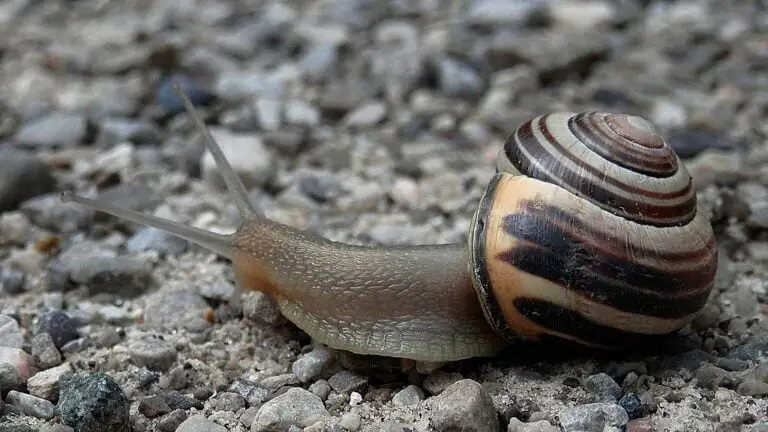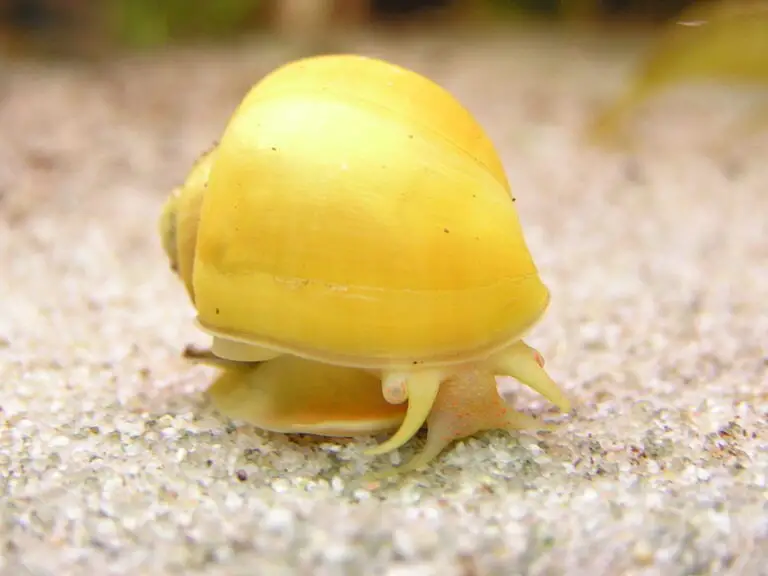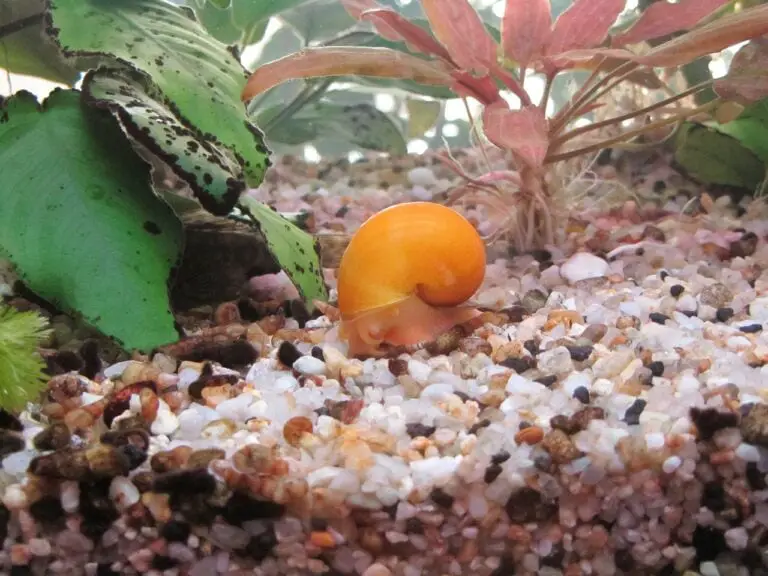The Ultimate Guide to Nerite Snails: Nature’s Nano Algae Eaters
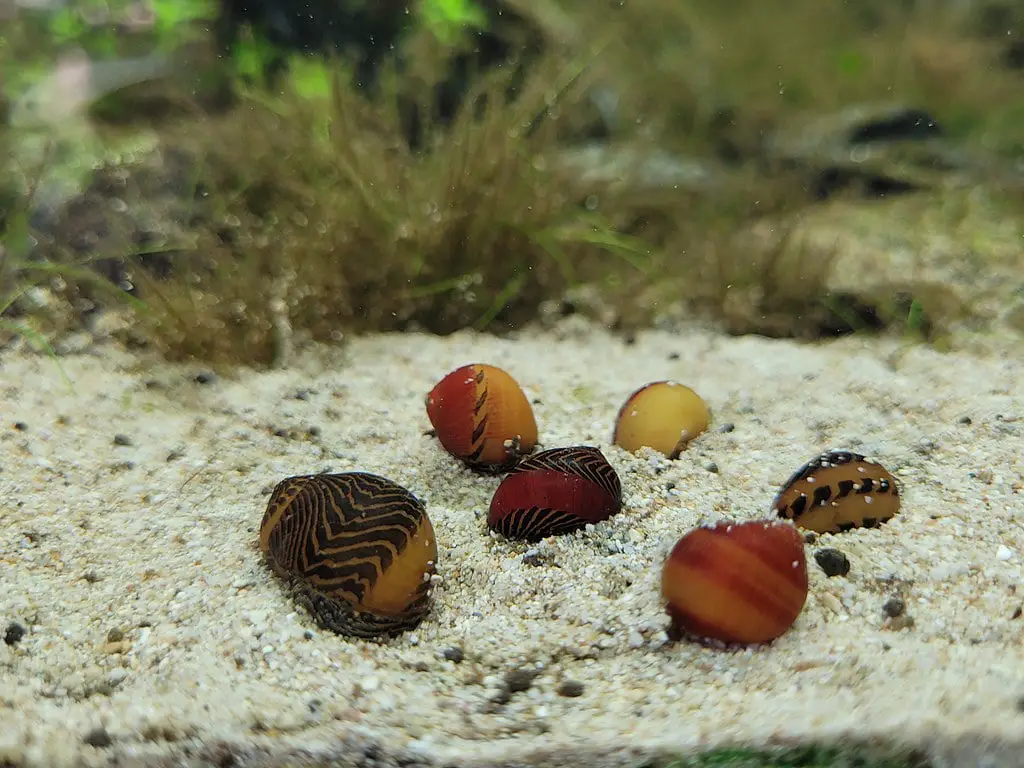
Welcome to our ultimate guide to nerite snails, the small but mighty creatures that are nature’s best algae eaters. If you’re an aquarium enthusiast, chances are you’ve encountered these snails before, whether in saltwater or freshwater tanks.
In this guide, we’ll delve deeper into the world of nerite snails, exploring their habitats, feeding habits, and the benefits they bring to aquarists. Whether you’re a seasoned fish keeper or a beginner, this guide will provide you with all the information you need to know about keeping happy and healthy nerite snails in your aquarium.
Understanding Nerite Snails: An Overview
Nerite snails are a type of aquatic snail that belongs to the Neritidae family. They are commonly found in both freshwater and saltwater environments and are known for their scavenging behavior.
These small snails are a popular addition to aquariums as they help to keep tank water clean and healthy. In the wild, they play a similar role in their natural habitats by consuming algae and other organic matter.
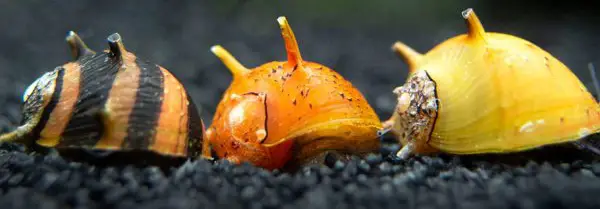
The Classification of Nerite Snails
Nerite snails are a type of gastropod mollusk, which means they have a single, spiral shell and a muscular foot that they use to move around. They are classified as prosobranchs, which refers to the position of their gills in the front of their body.
Nerite Snails in Freshwater and Saltwater Environments
Nerite snails are able to thrive in both freshwater and saltwater environments. In the wild, they are commonly found in coastal waters and along riverbanks. In aquariums, they are great additions to both freshwater and saltwater tanks, but they can only tolerate a certain range of water parameters.
It is important to research the specific needs of different species of nerite snails before adding them to a tank to ensure they will be able to survive and thrive in the environment.
The Scavenging Behavior of Nerite Snails
Nerite snails are known for their scavenging behavior, which means they feed on a variety of organic matter including algae, detritus, and leftover food. This behavior not only makes them great additions to aquariums, but also plays an important ecological role in their natural habitats.
Despite their small size, nerite snails can make a big impact in maintaining a healthy and balanced aquatic environment.
Nerite Snail Species Spotlight: Zebra Nerite Snail
The Zebra Nerite Snail is one of the most popular species of nerite snails in the aquarium hobby. Scientifically known as Neritina Natalensis, this small snail is native to the east coast of Africa, where it can be found in both freshwater and saltwater environments.
The Zebra Nerite Snail is a great addition to any aquarium due to its unique and eye-catching shell. It features black and gold stripes that resemble the pattern of a zebra, hence its name. The shell is quite sturdy and can withstand the acidic nature of certain types of water, making it a hardy choice for aquarists.
| Common Name: | Zebra Nerite Snail |
|---|---|
| Scientific Name: | Neritina Natalensis |
| Origin: | East Coast of Africa |
| Size: | 0.5 – 1 inch in length |
| Water Parameters: | pH: 7.5 – 8.5, Temperature: 72 – 78°F |
The Zebra Nerite Snail is a peaceful species and can coexist with most other fish and invertebrates in an aquarium. It is also an efficient algae eater, consuming different types of algae, including green spot algae, black beard algae, and other hard-to-remove types.
Aquarists should note that the Zebra Nerite Snail requires a consistent source of calcium to maintain the integrity of its shell. Supplying calcium-rich foods or adding supplements to the water can help ensure the snail’s health and longevity.
Varieties of Nerite Snails
Nerite snails are a diverse group of aquatic snails that can be found in coastal waters around the world. While there are many different varieties of nerite snails, they all share a few key traits that make them popular among aquarium enthusiasts.
Zebra Nerite Snails
One of the most popular varieties of nerite snails is the Zebra Nerite Snail, also known as Neritina Natalensis. These snails are native to the east coast of Africa and feature a stunning striped pattern on their shells.
Zebra Nerite Snails are ideal for aquariums because they only grow to be about half an inch in length and are excellent algae eaters. They are also incredibly easy to care for and can thrive in a range of water conditions.
Other varieties of nerite snails include the Black Racer Nerite Snail, the Horned Nerite Snail, and the Olive Nerite Snail. Each of these varieties has a unique appearance and characteristic shell pattern, making them a popular choice for aquarium enthusiasts looking to add some flair to their tanks.
| Variety | Shell Pattern |
|---|---|
| Zebra Nerite Snail | Black and yellow stripes |
| Black Racer Nerite Snail | Dark, solid color |
| Horned Nerite Snail | Pointed, horn-like protrusions on the shell |
| Olive Nerite Snail | Olive green with brown stripes |
No matter which variety you choose, nerite snails are a great addition to any aquarium due to their ability to keep algae under control and contribute to a healthy aquatic environment.
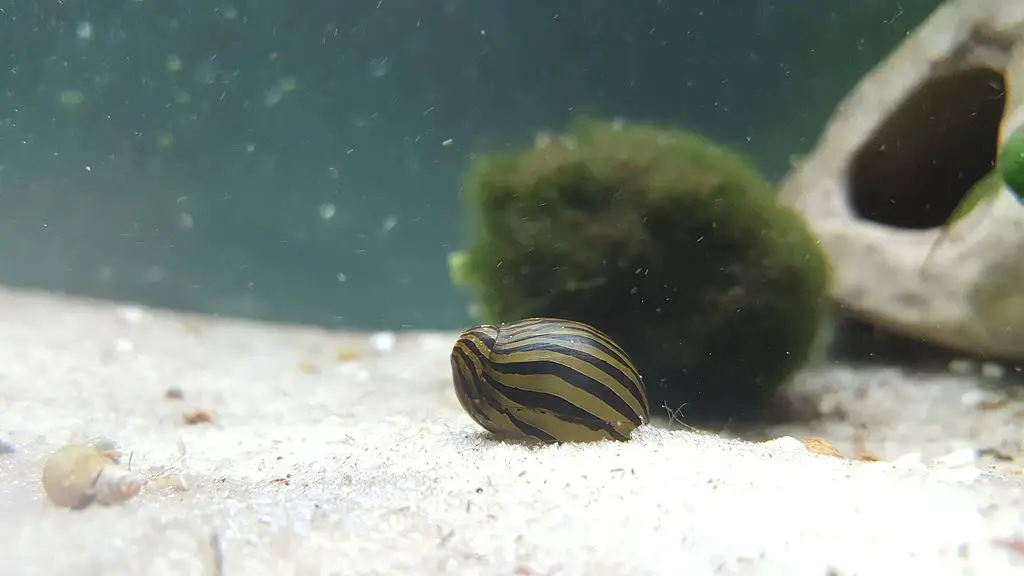
Nerite Snail Care Guide
If you’re considering adding nerite snails to your aquarium, it’s essential to know how to care for these fascinating creatures. Below are the key factors to consider in providing a healthy environment for your nerite snails.
Tank requirements
Nerite snails require a tank with clean and stable water conditions. The minimum recommended tank size is at least 5 gallons or more, depending on the number of snails you plan to keep. Make sure the water temperature stays between 70-80°F, and the pH level is around 7-8. It is also best to provide a moderate water flow, as strong currents could cause stress for the snails.
Water parameters
It’s crucial to maintain a consistent and clean water environment for your nerite snails. Use a good quality water filter to ensure the water stays clean, and perform regular water changes to keep the water parameters stable. Avoid using any chemicals or medications in the water, as they could harm the snails.
Feeding habits
Nerite snails are excellent algae eaters and feed on a variety of algae, including diatoms, green algae, and brown algae. They will also feed on leftover fish food and decaying plant matter. However, it’s crucial not to overfeed your snails as this could lead to water quality issues. Only feed your snails what they can consume within a few hours.
Lifespan
The average lifespan of nerite snails is around 1-2 years, depending on the water conditions and care provided. However, some snails have been known to live up to 5 years in the right environment.
By following the care guide, you’ll be able to provide a suitable home for your nerite snails, ensuring their health and longevity.
Nerite Snail Breeding
Nerite snails are not easy to breed in captivity, which is why most of them are harvested from the wild. In their natural habitat, they lay eggs on rocks, driftwood, and other aquatic surfaces. However, in a home aquarium, they may not get the necessary conditions to mate and lay eggs.
Reproductive Cycle
Nerite snails have separate sexes, and it’s typically impossible to tell males from females just by looking. They release gametes into the water, and fertilization happens externally. After fertilization, the females will lay eggs, which look like tiny white or off-white capsules.
Unfortunately, it’s challenging to get nerite snails to breed in captivity because they require specialized conditions. Specifically, they need brackish water to breed because the larvae need to develop in saltwater before they can survive in freshwater. Without the proper conditions, the eggs will likely not develop, and the larvae will not hatch.
Appearance of Eggs
Nerite snail eggs are tiny, usually about 0.5mm to 1mm in size, and have a distinctive white or off-white color. They can be found on virtually any surface in the aquarium, including the glass walls, rocks, and plants.
When the eggs are laid, they are coated with a hard layer that protects them from damage. This coating makes it challenging for small fish to eat the eggs, but it also hinders the hatching of the larvae.
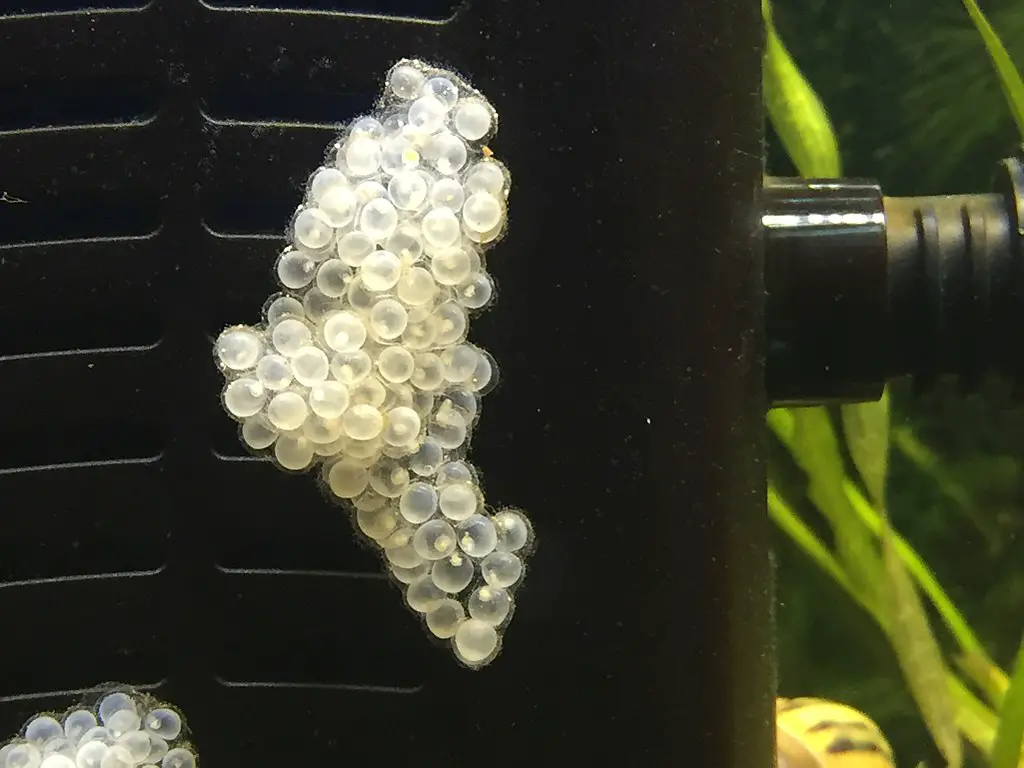
Hatching Process
After a few weeks, the eggs will hatch, and the larvae will be released into the water column. However, since they require brackish water to develop, the larvae usually don’t survive in freshwater.
If you’re hoping to breed nerite snails, it’s best to mimic their natural habitat as closely as possible. This means creating a brackish tank with specific water parameters and providing plenty of surfaces for the eggs to attach.
The Aquarist Benefits of Nerite Snails
For anyone who owns an aquarium, keeping the water clean and healthy can be a challenge. That’s where nerite snails come in. As nature’s nano algae eaters, these snails are incredibly efficient at cleaning up algae in your tank, making them an essential part of any cleanup crew.
One of the biggest benefits of nerite snails is their ability to regulate the growth of algae. They can consume large quantities of it, leaving your aquatic environment looking clearer and more balanced.
Another advantage of keeping nerite snails is that they are incredibly easy to care for. They require little attention, making them a great choice for first-time aquarists or those who are looking for low-maintenance pets.
Nerite snails also make excellent companions for other marine life in your tank. They won’t harm your fish or other invertebrates, which means you can enjoy a peaceful and harmonious aquatic community.
Overall, nerite snails are an excellent addition to any aquarium. Not only do they help keep the water clean and healthy, but they are also fascinating to watch and add a distinctive touch to your aquatic environment.
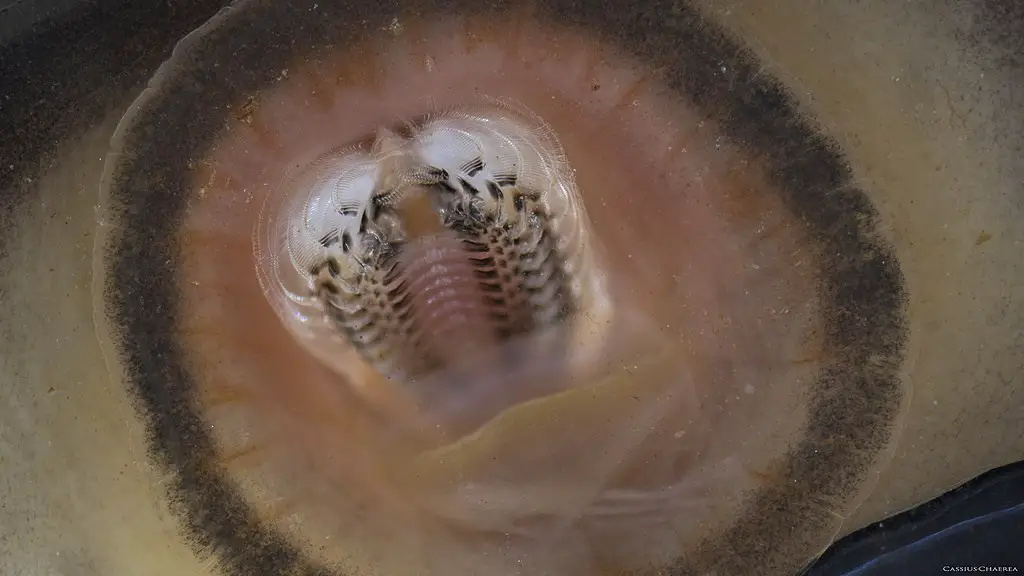
Nerite Snails in Freshwater Tanks
While nerite snails are commonly associated with saltwater environments, they are also well-suited for freshwater tanks. Their ability to consume algae, their peaceful nature, and their attractive shells make them an excellent addition to any freshwater aquarium.
Compatibility with Other Fish and Invertebrates
Nerite snails are peaceful creatures and can coexist with a variety of freshwater fish and invertebrates. However, it’s essential to ensure that their tankmates are not aggressive or have a tendency to nip at snails, as this could harm them. Some suitable tankmates for nerite snails include guppies, tetras, dwarf shrimp, and other peaceful community fish.
Contribution to the Ecosystem
Nerite snails are excellent algae eaters, and their presence in a tank can help keep the aquarium clean and healthy by consuming excess algae. Their scavenging habits also help to break down waste and decaying matter, contributing to a balanced ecosystem.
Types of Freshwater Nerite Snails
There are several types of nerite snails that are suitable for freshwater tanks, including the horned nerite, the tiger nerite, and the olive nerite. These snails have unique and attractive patterns on their shells, making them both useful and visually appealing additions to a freshwater aquarium.
In summary, nerite snails are a great addition to freshwater tanks due to their peaceful nature, their ability to consume algae, and their contribution to the ecosystem. When considering adding nerite snails to a freshwater tank, it’s important to ensure that their tankmates are compatible and that their specific needs are met.
Nerite Snail FAQ – Frequently Asked Questions
What size tank is suitable for nerite snails?
Generally, nerite snails can thrive in tanks of all sizes, but a minimum tank size of 5 gallons is recommended for a small group of snails.
Do nerite snails require a heater?
Nerite snails can tolerate a wide range of temperatures but prefer a range between 72-78°F. In most cases, a heater is not required unless the tank temperature drops below 68°F.
Can nerite snails live with other fish?
Yes, nerite snails are peaceful and can coexist with most fish species. However, it is important to ensure that tankmates are not aggressive towards the snails and do not pose a threat to their well-being.
Can nerite snails lay eggs in freshwater tanks?
Nerite snails can lay eggs in freshwater aquariums. However, these eggs require brackish water conditions to hatch. Therefore, while you may find eggs in your freshwater tank, they are unlikely to develop into baby snails unless the water conditions are altered.
What types of nerite snails are available in the market?
The most popular nerite snail types are: Zebra Nerite Snail, Tiger Nerite Snail, Olive Nerite Snail, Black Racer Nerite Snail, and Horned Nerite Snail. These snails have unique patterns and designs on their shells, which make them popular among aquarists.
How many nerite snails should I keep in my tank?
It is recommended to keep 1-2 snails per 5 gallons of water, depending on the size of the tank, the number of tankmates, and the amount of algae present. Overcrowding can lead to competition for food and resources, which can have a negative impact on their well-being.
Do nerite snails need to be fed supplements?
No, nerite snails do not require any special supplements as they can find sufficient food from algae and other organic matter present in the tank. However, it is recommended to provide an algae wafer or blanched vegetables occasionally to supplement their diet.
What should I do if my nerite snail is not moving or appears dead?
If your snail appears lifeless or is not moving, gently touch its foot or shell to see if there is any response. If there is no response, check the water parameters to ensure that they are within the recommended ranges. In some cases, the snail may be in hibernation mode due to unfavorable conditions.
Nature’s Nano Cleaners: The Final Takeaway
In conclusion, Nerite Snails are a fascinating addition to any aquarium. Their diligent algae-eating habits, coupled with their low maintenance needs, make them an ideal choice for both novice and experienced aquarists. Their unique patterns and colors add a touch of beauty to your tank, making it not just a habitat, but a piece of living art.
Remember, the key to a thriving Nerite Snail population is a clean environment, a diet rich in algae, and stable water conditions. With these in place, these tiny cleaners will not only keep your tank sparkling clean but also provide you with endless hours of observation and enjoyment.
Whether you’re just starting your aquarium journey or looking to add a new member to your aquatic family, Nerite Snails are a choice you won’t regret. So why wait? Dive into the world of these fascinating creatures and discover the benefits they bring to your aquarium ecosystem.

